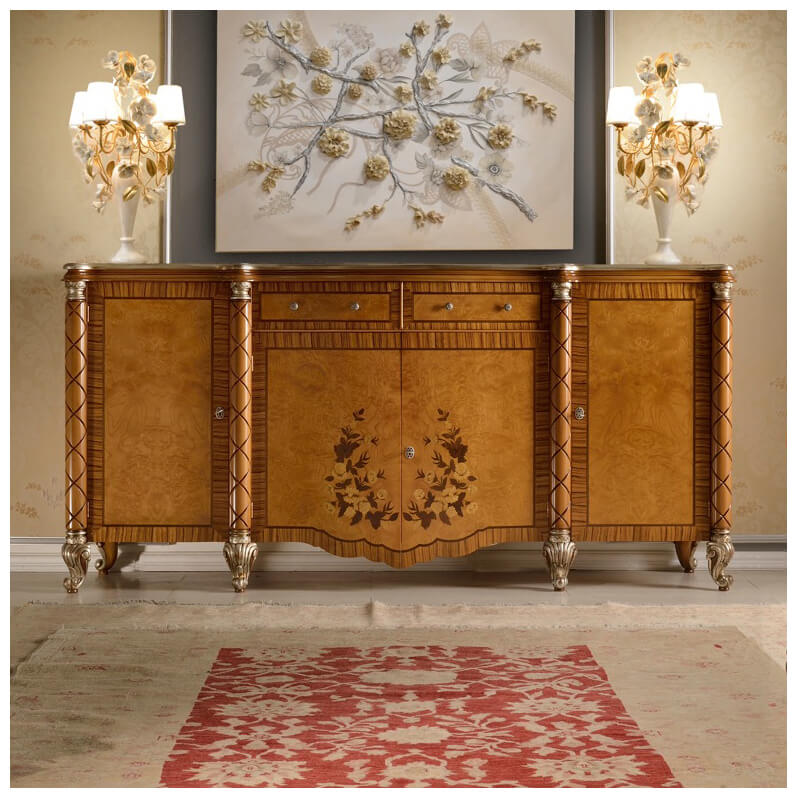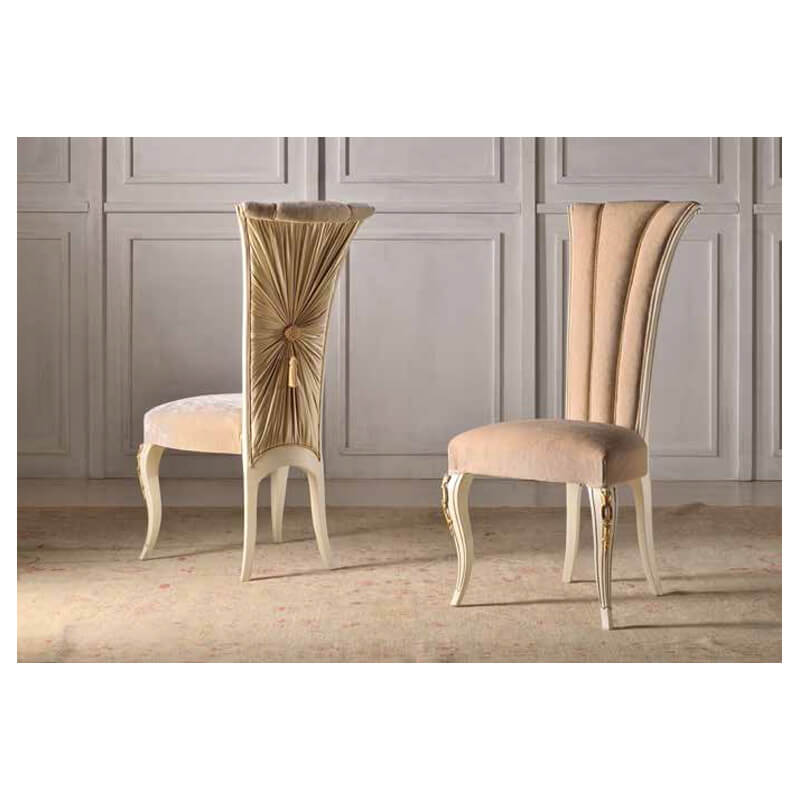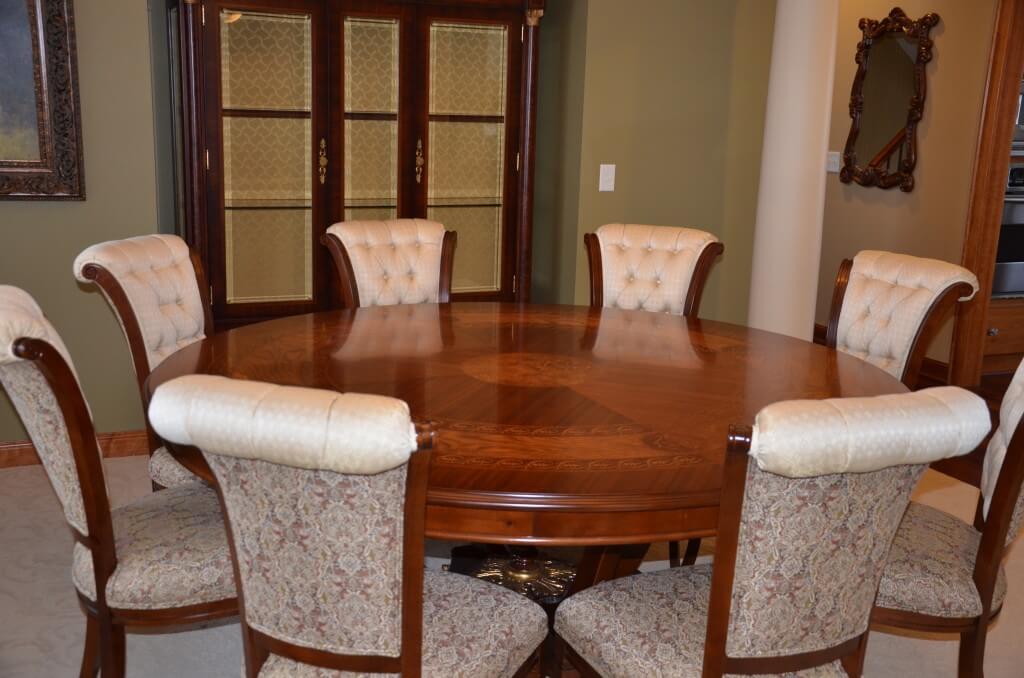The History of Sideboards and Buffets makes it Clear: You Need One

They have been called sideboards, buffets, credenzas, or simply cupboards, but once you know the history of sideboards and buffets, you will agree: you need one.
Looking at the origins of the different names is fascinating and this piece on One Kings Lane gives great detail about the history of the names:
“Historically, most dining tables were referred to as “boards,”—long planks that rested on trestles and were pulled apart to make room when meals were done. From there came some recognizable colloquial terms: Chairman of the Board, “room & board,” the cupboard, and the sideboard. Most homes in France and England had sturdy wooden tables at the end of the dining room for placing dishes and food—the first sideboards.”
Patricia Leigh Brown, of Knight-Ridder Newspapers, explains the history of the sideboard, primarily in America, in her piece in the Chicago Tribune from 1986:
“Sideboards were introduced during the last quarter of the 18th Century. Before then, dining was done in a ground-floor parlor, which doubled as a sitting and dining room. Planks sitting on trestles were first used for serving in the medieval period, and it wasn’t until English designer Robert Adam devised a three-part ensemble, consisting of an oblong table flanked by two pedestal cupboards mounted with urns that sideboards came into their own.”
“Coming into their own” means that the sideboards transformation from “the boards” to an ornate piece of furniture designed to reflect the social status of the home (or manor) owner. While they still maintained the purpose of holding food after service, they also became storage places for silver and other treasures. Shelves were sometimes added so that silver could be on display at all times. Mirrors were also added to help reflect the light and highlight all sides of the pieces on display.
While most of us don’t have servants standing at the ready to bring food from the sideboard, we know this piece of furniture is an important piece both for storage and entertainment. They hold our fancier serving pieces that don’t generally go in the everyday rotation of dishes and provide a way to enhance the decor in our dining rooms both in their design and in the ability to use that flat surface as a display place for our treasures.
Today, you can shop for antique credenzas that may have served families of wealth from throughout Europe and the Americas. And while all styles reflect the history of that country, there is none quite as versatile as the Italian credenza. Styles can be rustic, romantic, formal, or streamlined in the Italian tradition–and can complement dining tables from aesthetics from most cultures. Wondering what styles best suit your dining room?














